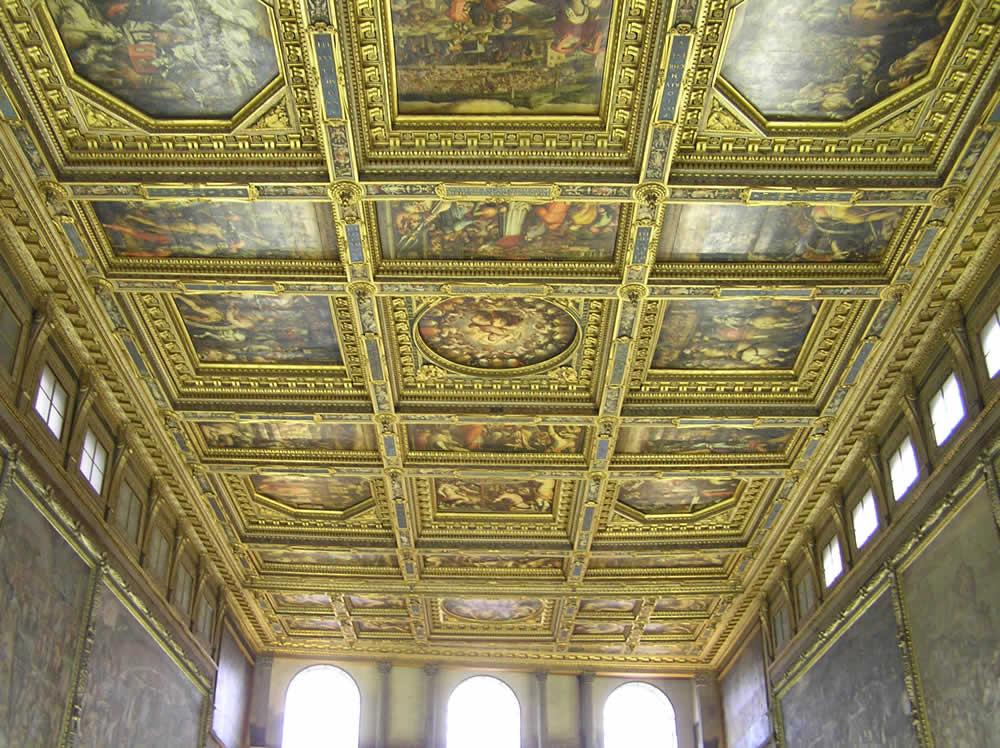At the end of the museum itinerary is the Hall of Geographical Maps (Sala delle Carte Geografiche) or Stanza del Guardaroba. In this room was originally the Medici Wardrobe of Grand Duke Cosimo I. That is, the seat of the institution that preserved, inventoried and moved all the assets of the State and the Sovereign. […]



















